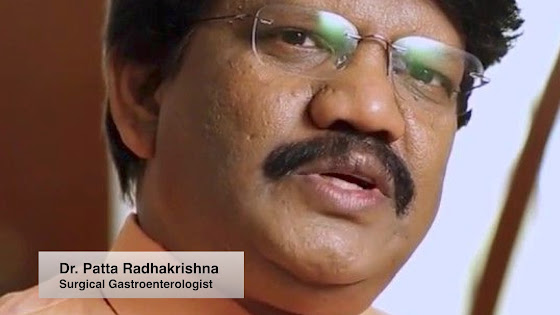The inflammation of the appendix that looks like a small worm-like pouch that is attached to the large bowel is known as appendicitis. Appendicitis is usually caused when small pieces of hardened stool get stuck in the appendix, blocking the opening that connects the large intestine and the appendix, thus leading to pus formation and inflammation.
Appendicitis Symptoms
The most common symptom of appendicitis is a sharp, shooting pain in the centre of the abdomen, moving to the right. The pain keeps recurring and becomes strong, if moved. Some other symptoms of appendicitis are anorexia, abdominal swelling, nausea, vomiting, constipation, and diarrhoea.
Appendicitis Diagnosis
The most common symptom of appendicitis is a sharp, shooting pain in the centre of the abdomen, moving to the right. The pain keeps recurring and becomes strong, if moved. Some other symptoms of appendicitis are anorexia, abdominal swelling, nausea, vomiting, constipation, and diarrhoea.
Appendicitis Diagnosis
There is no specific single test for the diagnosis of appendicitis. Though physical examination and medical history of the patients is taken, blood and urine tests are recommended. Finally, a CT scan or ultrasound is done to check inflammation.
Appendicitis Treatment
The only treatment for severe appendicitis is surgery. This surgery is known as appendicectomy. It is a very common procedure that requires a horizontal incision of about 3-6 cms in the lower part of the abdomen in the right side to remove the appendix. For speedy recovery, appendicitis can be treated through key hole surgery and laparoscopy.
Although all these treatments may sound complex and scary, appendicectomy is now offered as a day care treatment. A patient with severe appendicitis pain is admitted and then goes through the surgical procedure and gets discharged within 24 hours.
SIMS hospital in Chennai offers the option of Day Care Surgery for Treating Appendicitis. The patients of appendicitis can now go home the same day after successfully completing the post-operative care. With high-end facilities, SIMS is people's choice for successful and speedy recovery. Dr. Patta Radhakrishna and his team of expert medical professionals ensure to provide you memorable and remarkable holistic treatment.
Appendicitis Treatment
The only treatment for severe appendicitis is surgery. This surgery is known as appendicectomy. It is a very common procedure that requires a horizontal incision of about 3-6 cms in the lower part of the abdomen in the right side to remove the appendix. For speedy recovery, appendicitis can be treated through key hole surgery and laparoscopy.
Although all these treatments may sound complex and scary, appendicectomy is now offered as a day care treatment. A patient with severe appendicitis pain is admitted and then goes through the surgical procedure and gets discharged within 24 hours.
SIMS hospital in Chennai offers the option of Day Care Surgery for Treating Appendicitis. The patients of appendicitis can now go home the same day after successfully completing the post-operative care. With high-end facilities, SIMS is people's choice for successful and speedy recovery. Dr. Patta Radhakrishna and his team of expert medical professionals ensure to provide you memorable and remarkable holistic treatment.
Visit us: thegastrosurgeon.com
Mail us: gastrosurgeonchennai@gmail.com
















